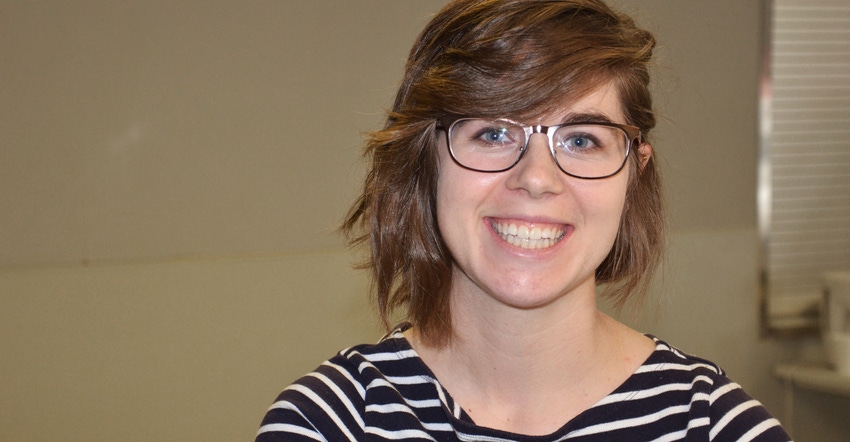
If you’ve ever attended a meeting hosted by your local soil and water conservation district, you’ve likely heard the term “watershed.” Many SWCDs take on the responsibility of improving water quality within major watersheds.
Clinton County is no exception. There are actually two large watersheds that receive attention from this SWCD. Trisha McClain, hired two years ago, is coordinator of two watershed projects: the South Fork Wildcat Creek watershed and the Brown-Wonder-Sugar Creek watershed.
One of McClain’s jobs is to help people understand what watersheds are and get a grasp of the concept of what improving a watershed is about. Here is Indiana Prairie Farmer’s exclusive interview with McClain about this topic.
How big are these two watersheds that you work in? Both are very large, containing thousands of acres. Brown-Wonder-Sugar Creek watershed has more than 120,000 acres in it.
Whoa! I thought a watershed was a small area — maybe a hundred up to a couple hundred acres — that drained into the same water outlet. Yes, that is also a watershed. What’s hard to understand is that watersheds can vary greatly in size. You can start with very large watersheds and break them down to smaller watersheds inside the larger one. The important thing is to understand that a watershed is basically an area of land that drains into a common place.
How do you decide what makes up a watershed? There’s a code system set up by the U.S. Geological Survey in the 1970s so that professionals and farmers could track what was happening in various areas where water drains toward a common outlet. The Hydrologic Unit Code uses pairs of numbers. The first pair refers to a very large watershed, and each pair after it breaks down to a smaller watershed within the larger one. The string of pairs of numbers forms an address, which someone can use to identify a particular watershed.
What makes watersheds unique? They don’t follow county boundaries. They’re determined largely by topography of an area. The importance of them is that they can help you understand which way water drains naturally, and why.
Do you have EPA 319 grants on your watersheds? Not at this time. The South Fork Wildcat watershed did at one time. We may apply for a grant for the Brown-Wonder-Sugar Creek watershed. Access to grant money can help speed up the planning process. Then when you’re ready to implement it, you have cost-share money for farmers within the watershed who agree to try some of the practices.
What is the goal of a watershed coordinator? Our job is to work with farmers, landowners and others to help them understand why they should adopt practices which will result in cleaner water in the overall watershed. Right now we’re establishing a baseline in the Brown-Wonder watershed. That means we’re doing assessments to see what water quality is like now. Community members help develop a plan for improving water quality once we know the baseline. Then that’s when farmers who implement practices like no-till and cover crops help reduce water quality issues in the watershed.
About the Author(s)
You May Also Like




